10 Human Habits That Drive Dogs Crazy And 4 That Make Their Tails Wag With Joy
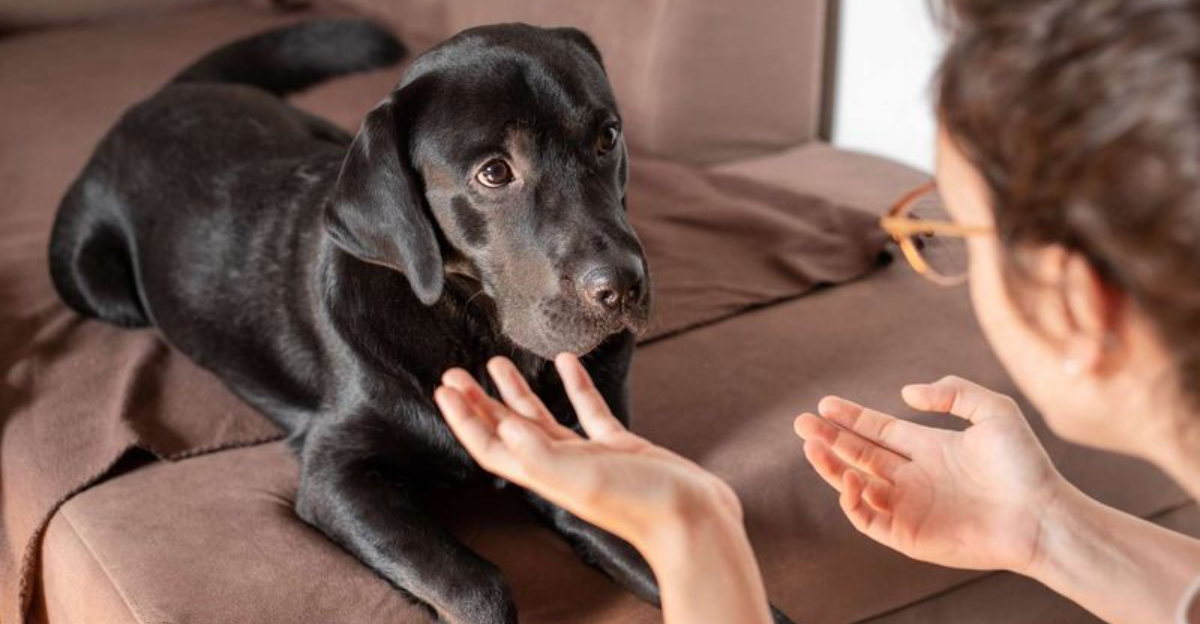
Ever wonder what your furry friend is thinking when you do certain things? Dogs have their own unique way of viewing the world, and some of our everyday habits can really push their buttons, while others make them absolutely ecstatic.
Understanding these canine pet peeves and pleasures helps strengthen the bond between you and your four-legged companion. Let’s explore what makes your pup tick (or ticked off)!
1. Hugging Them Tightly
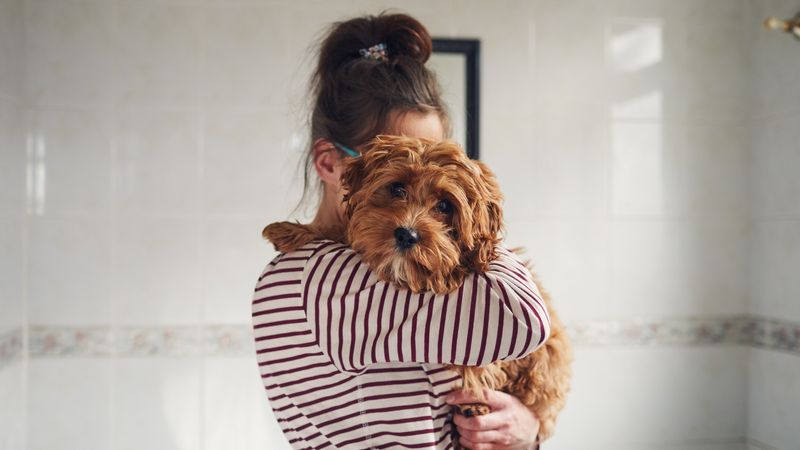
Dogs don’t naturally embrace each other with their front legs. When humans wrap them in a tight hug, many pups feel trapped rather than loved. Watch their body language – pinned-back ears, whale eyes (showing the whites), or a stiff posture are all signals your dog is uncomfortable.
Forcing affection on your dog can create anxiety and distrust over time. Some tolerant dogs may put up with hugs, especially from their favorite humans, but rarely do they enjoy them. Instead of squeezing, try a gentle pet on the chest or scratch behind the ears.
2. Blowing In Their Face

Blowing air directly into a dog’s face might seem playful to humans, but most canines find it startling and irritating. Their sense of smell is thousands of times more sensitive than ours, making this seemingly innocent action overwhelming to their senses.
Many dogs will flinch, back away, or even growl when faced with this unwelcome breeze. The sudden air current can feel threatening – similar to an aggressive snort from another animal. Respect your dog’s personal space and find more enjoyable ways to play that don’t involve their sensitive snout.
3. Staring Directly Into Their Eyes

Locking eyes might signal affection between humans, but in dog language, it’s often a challenge or threat. Prolonged eye contact can make your pooch feel uncomfortable or even scared. They might look away, yawn, or show other stress signals when you gaze too intensely.
Dogs who trust their humans may eventually learn to tolerate direct eye contact, but it’s never their preferred form of connection. For positive bonding, try the soft gaze – looking at your dog with relaxed eyes and frequent blinking. This communicates friendliness rather than dominance.
4. Inconsistent Rules And Boundaries

Dogs thrive on routine and clear expectations. When you allow them on the couch one day but scold them for it the next, their doggy brains short-circuit with confusion. This inconsistency creates anxiety because they can’t predict what will happen.
Your furry friend wants to please you, but mixed signals make it impossible to know how. The resulting stress might manifest as destructive behaviors or withdrawal. Establish household rules everyone follows, and stick with them. Your dog will feel secure knowing exactly what’s expected – even if they occasionally test the boundaries!
5. Leaving Them Alone For Too Long
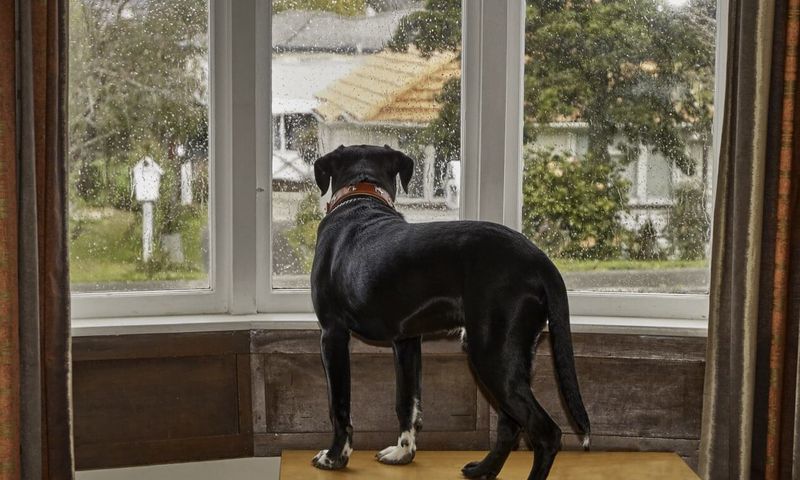
Dogs are pack animals with social needs similar to humans. Extended solitude can trigger separation anxiety, especially in breeds bred for companionship. Your dog doesn’t understand why you disappear or when you’ll return – to them, the pack has abandoned them.
Signs of distress include destructive chewing, excessive barking, or house-training accidents. Even well-adjusted dogs have limits to how long they can comfortably be alone. If long workdays are unavoidable, consider a midday dog walker, doggy daycare, or a pet camera to check in and provide reassurance.
6. Using Harsh Punishment
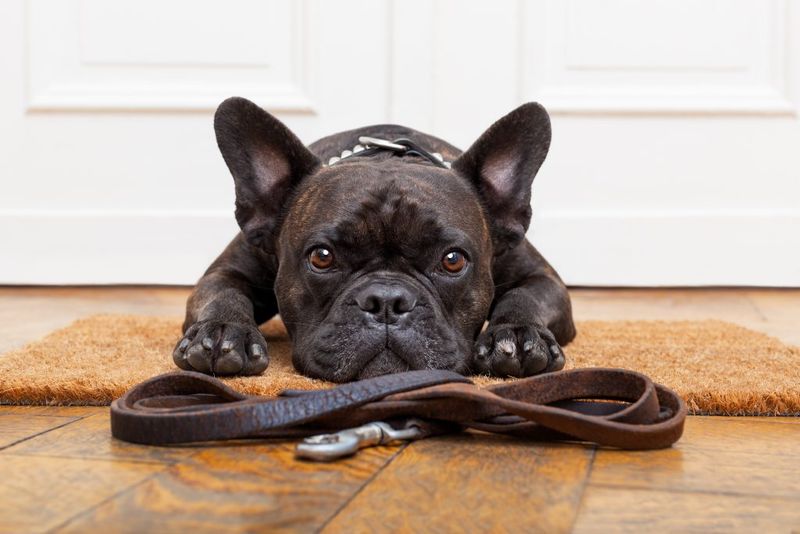
Yelling, physical corrections, or intimidation tactics create fear rather than understanding. Your dog doesn’t connect your anger with something they did hours ago – they only learn that you’re unpredictable and scary sometimes.
Studies show punishment-based training damages your bond and can increase aggression. Dogs learn much faster through positive reinforcement – rewarding behaviors you want to see more often. When mistakes happen (and they will), a simple redirection works better than punishment.
7. Teasing Them With Food
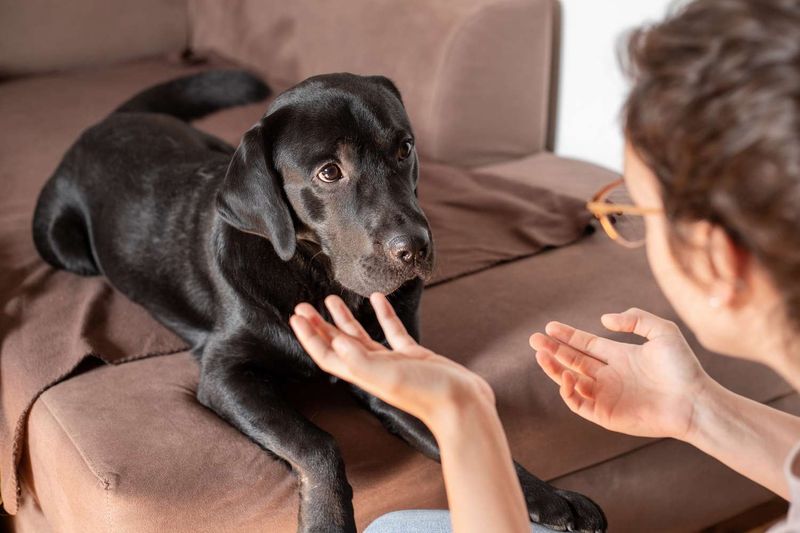
Pretending to throw treats, pulling food away as they approach, or fake-offering snacks might seem like harmless fun. For your dog, however, it’s deeply confusing and frustrating. Food is a primary resource and playing games with it can trigger resource guarding or anxiety.
Dogs live in the moment and don’t understand the concept of a joke. Consistent dishonesty around food erodes their trust in you as a reliable provider. Keep mealtime and treats straightforward – your dog will appreciate knowing exactly when food is coming their way.
8. Invading Their Safe Space
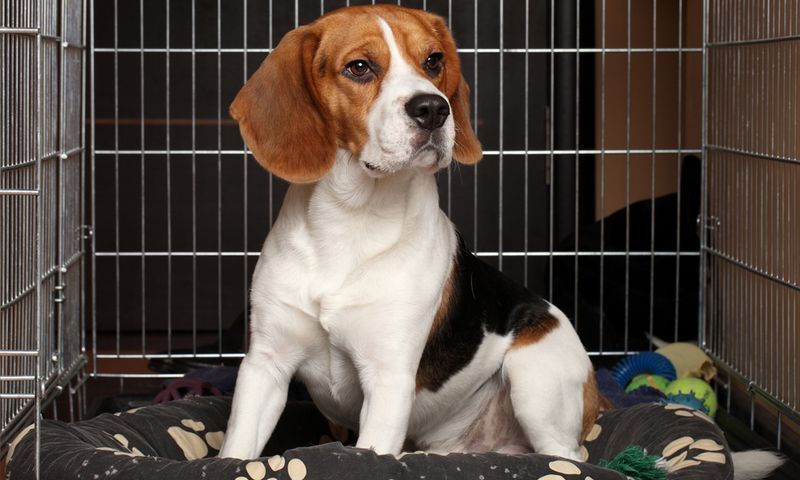
Every dog needs a sanctuary – whether it’s their crate, bed, or favorite spot under the table. When humans reach in to grab them or allow children to crawl into these retreats, dogs lose their sense of security. Their safe zone becomes unpredictable.
Respecting your dog’s personal space is crucial for their mental wellbeing. Teach children that when Fido goes to his bed, it means “do not disturb.” Having control over their environment helps dogs manage stress. When they need interaction, they’ll happily leave their sanctuary to join you.
9. Making Loud, Sudden Noises

Dogs have hearing far more sensitive than humans – they can detect sounds four times farther away! Vacuum cleaners, fireworks, shouting, or even dropping pots in the kitchen can be genuinely terrifying to your four-legged friend.
Sudden loud noises trigger their fight-or-flight response, releasing stress hormones that can take hours to dissipate. Create warning patterns before noisy activities, like tapping the vacuum before turning it on. For unavoidable loud events like storms or fireworks, provide a sound-buffered safe space with familiar comforts.
10. Going For Walks That Are All Business

Rushing your dog through walks without letting them sniff their surroundings is like forcing someone to sprint through an art museum without looking at any paintings. Those fascinating scents are your dog’s primary way of gathering information about their world.
Sniffing releases dopamine in your dog’s brain – it’s literally pleasurable for them to investigate smells. Designate some walks as “sniffari” adventures where your pup sets the pace and chooses which scent trails to follow. You’ll notice a happier, more fulfilled dog who’s mentally stimulated, not just physically exercised.
11. Giving Belly Rubs When Requested

When your pup rolls over exposing that fuzzy tummy, they’re showing ultimate trust. Responding with gentle belly scratches creates a powerful bonding moment. Unlike forced affection, this interaction happens on your dog’s terms – they initiate, and they can end it whenever they want.
The belly is a vulnerable area, so access granted means your dog feels completely safe with you. Many dogs enter a blissful, almost meditative state during a good belly rub. The physical contact releases oxytocin – the love hormone – in both you and your furry friend, strengthening your emotional connection.
12. Establishing Predictable Routines

Dogs thrive when they can anticipate what happens next in their day. Regular mealtimes, walks, and bedtime rituals create a sense of security that helps your pup feel in control of their environment. Their internal clocks are remarkably accurate – many can tell time within minutes!
Predictability reduces anxiety because your dog never has to worry about when basic needs will be met. Even something as simple as a consistent goodbye ritual when leaving the house can make separation easier. Your furry friend appreciates knowing that after breakfast comes the morning walk, then naptime – just like clockwork.
13. Speaking In An Upbeat, Positive Tone
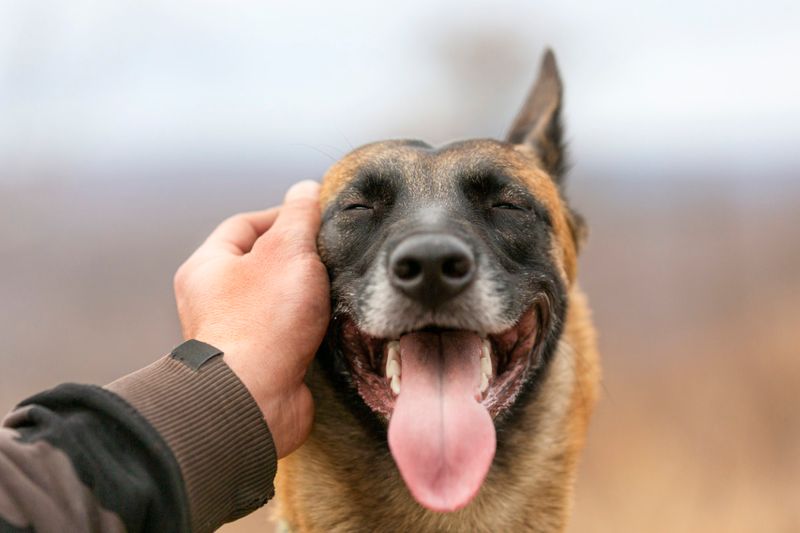
Your dog might not understand your words, but they’re experts at reading your tone of voice. High-pitched, cheerful speech triggers their reward centers – you can practically see their mood lift when you use your “happy voice.” They’re biologically programmed to respond positively to these sounds.
Scientists have found that dogs process the emotional components of human speech similarly to how we do. The right hemisphere of their brain lights up when they hear positive vocalizations. Next time you’re having a rough day, try speaking cheerfully to your dog – their joyful response might just improve your mood too!
14. Engaging In Interactive Play
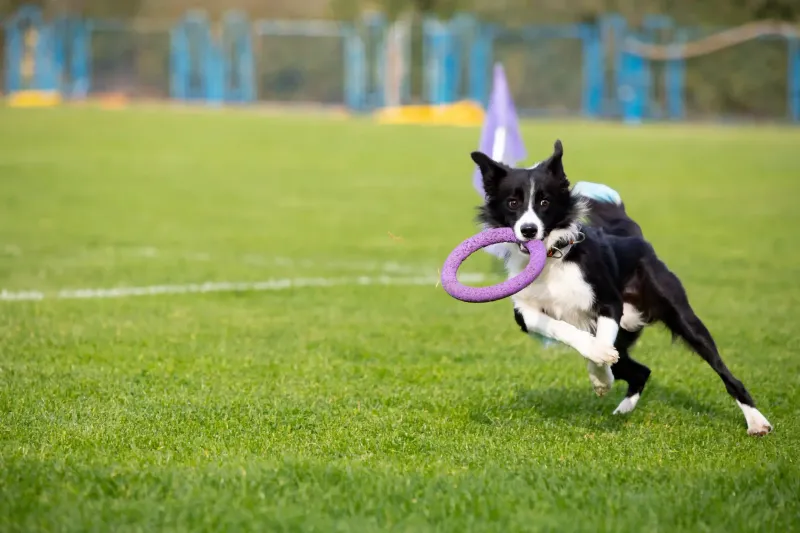
Nothing lights up your dog’s world quite like play sessions where you’re fully engaged. Fetch, tug-of-war, or hide-and-seek aren’t just games – they’re opportunities to connect with their favorite human while satisfying natural instincts to chase, pull, and find.
During play, your dog experiences a cocktail of feel-good brain chemicals including dopamine and endorphins. Regular play sessions decrease problem behaviors by providing appropriate outlets for energy. The best part? These interactions are mutually beneficial – studies show humans experience reduced stress levels after playing with their dogs too!






